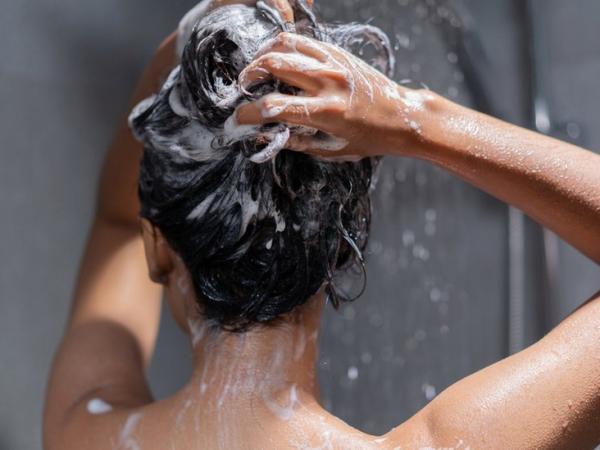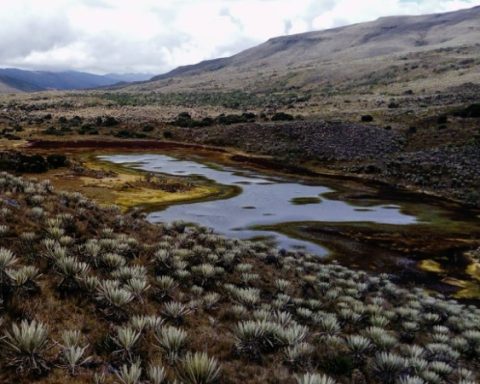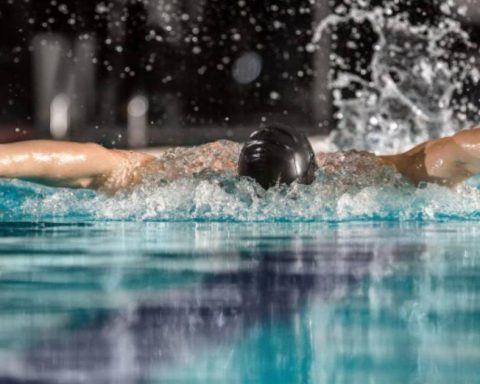The rise in electricity prices has made more and more people wonder what can be done to reduce spending and pay bills at the end of the month.
There are basic things like turning off the light every time you leave a room. The hoax that it costs more to turn on the lamp in the room all the time is just that, a hoax.
But few people think about things like where to put the refrigerator, the appliance that consumes the most in the whole house.
Below we tell you the key points of energy saving at home.
It may seem obvious, but having windows that close properly or good curtains can save you a lot on your house bill.
It must be borne in mind that air conditioning (heating + air conditioning) represents the greatest energy expense in homes.
“In an average home in Spain, and in other similar countries in terms of development, approximately 45%-47% of electricity consumption goes to air conditioning and light, above all, to air conditioning,” Enrique explains to BBC Mundo. García, from the Organization of Consumers and Users of Spain (OCU).
“If the air conditioning is electric, the important thing is to have good insulation in terms of the home. Have good curtains and windows that insulate well and thus achieve adequate insulation of the home to make it more efficient from an energy point of view. This is Something as simple as weather stripping or adhesive tape that favors better insulation saves energy”.
From good insulation we move on to another basic: having a suitable temperature inside.
Being in the middle of winter in a t-shirt can be as expensive as wearing a sweater at home in summer. It is a waste of energy.
The key is to adjust the heating and air conditioning thermostats.
“The comfort temperature should not exceed 23 ºC in winter. A temperature between 21 and 23 ºC is an adequate temperature. Each degree can mean an increase, depending on the equipment of each house, between 7 and 10%, more close to 7%”, details the expert.
Also, closing the doors of the rooms can help you reduce the price of your bill.
If the door of a room that leads to a main corridor is closed, and the door of the living room, for example, is also closed, this gap acts as an intermediate air chamber that serves as insulation.
Keeping rooms closed optimizes the heat generated.
As for air conditioning, in addition to lowering the blinds and keeping the windows closed so that the house is as cool as possible, the OCU recommends turning on the air conditioning early instead of waiting until the house is very hot (when it should Work more).
Likewise, they recommend regulating the device around 8 ºC less than the outside temperature.
For example, if it is 33 degrees outside, try to settle for 25 degrees instead of lowering the temperature in your room to 18.
Changing it from 20 degrees to 24 represents a considerable saving, since for each degree colder (or warmer in winter) that you regulate the thermostat, you will add 10% to the cost of operating the equipment.
“The second part, which accounts for approximately 55% of consumption, are household appliances. Here it is very important to buy household appliances with a high level of energy efficiency,” says the expert.
Using class A appliances and making optimal use of each of them at home is key if we want to start saving electricity in our homes.
If you have to change any appliances, choose those with more efficient energy labels, such as A+, A++ or A+++. Although they are usually more expensive, in the long run it is cheaper.
“In terms of energy expenditure, the appliance that consumes the most is the refrigerator, because it is plugged in for the longest time. It is the appliance in which we have to focus the most on energy efficiency,” recommends García.
For the refrigerator to function optimally, it is important to follow these recommendations:
If you don’t need very hot water, washing clothes at 40ºC instead of 60ºC means considerable savings on your electricity bill.
“I recommend using the longest eco programs, which cause less energy to be spent,” says the expert.
“Meanwhile, the dryer is an appliance that consumes a lot of energy and that in certain areas is not necessary.”
As for the dishwasher, which consumes a lot and has a slightly more common use, a basic recommendation is to reduce the number of washes by placing the dishes well and taking advantage of the full load.
“With this you can cut the washes up to half.”
It is recommended to turn off the electric plates or the oven a little before the time needed to cook.
“Taking advantage of the residual heat by turning it off a little before the time of use and using that residual heat to finish cooking the food also helps save. If you have a food that needs an hour in the oven and you turn it off ten minutes before, it consumes 15% less energy”, explains the expert.
Use pots and pans with the right diameter for each fire to prevent heat from being wasted. Another trick is to cover the pots to make better use of the heat.
Confess, are you one of those who turn off the television with the remote control? The bright red light gives you away.
Little by little, day by day, minute by minute, the electricity is leaking.
A simple gesture such as unplugging the appliance or connecting the cable to a power strip with an on/off button can lead to considerable electricity savings at the end of the year.
The same happens with computers, printers, cell phone chargers, stereos, microwaves and routers, among many other devices permanently connected to the electrical network of our homes in what is known as false shutdown.
When you stop using a device, turn it off completely, do not leave it in standby mode, because, although much less, it continues to consume.
It should also be borne in mind that the older the television, the more it consumes.
“It represents a significant saving. We have estimated that phantom consumption can range between 7 and 10% of the annual consumption of a home”, declares García.
Traditional light bulbs consume an excessive amount of electricity, so they need to be replaced with more efficient ones.
Incandescent halogen bulbs, compact fluorescent lights (CFLs), and LED lights use 25% to 80% less electricity and last 3 to 25 times longer than traditional light bulbs.
Although they are more expensive, in the long run they are profitable.
Take a shower, don’t bathe, and install a shower head that saves water.
A five-minute shower uses about a third of the water in a bath.
Obviously, the less water used, the less energy it takes to heat it and the lower your energy bills will be.
Have the faucets in the cold water position.
This simple gesture allows us to save because if we keep the taps on hot water, every time we open a tap, even for two seconds and we don’t use hot water, the boiler will turn on automatically to heat the water.
At this point, you may be wondering how much you can save by following these recommendations.
“We estimate that with energy efficiency, that is, adding all these measures, it is possible to save up to 30% of the bill,” says the expert.
Remember that you can receive notifications from BBC Mundo. Download the new version of our app and activate it so you don’t miss out on our best content.


















